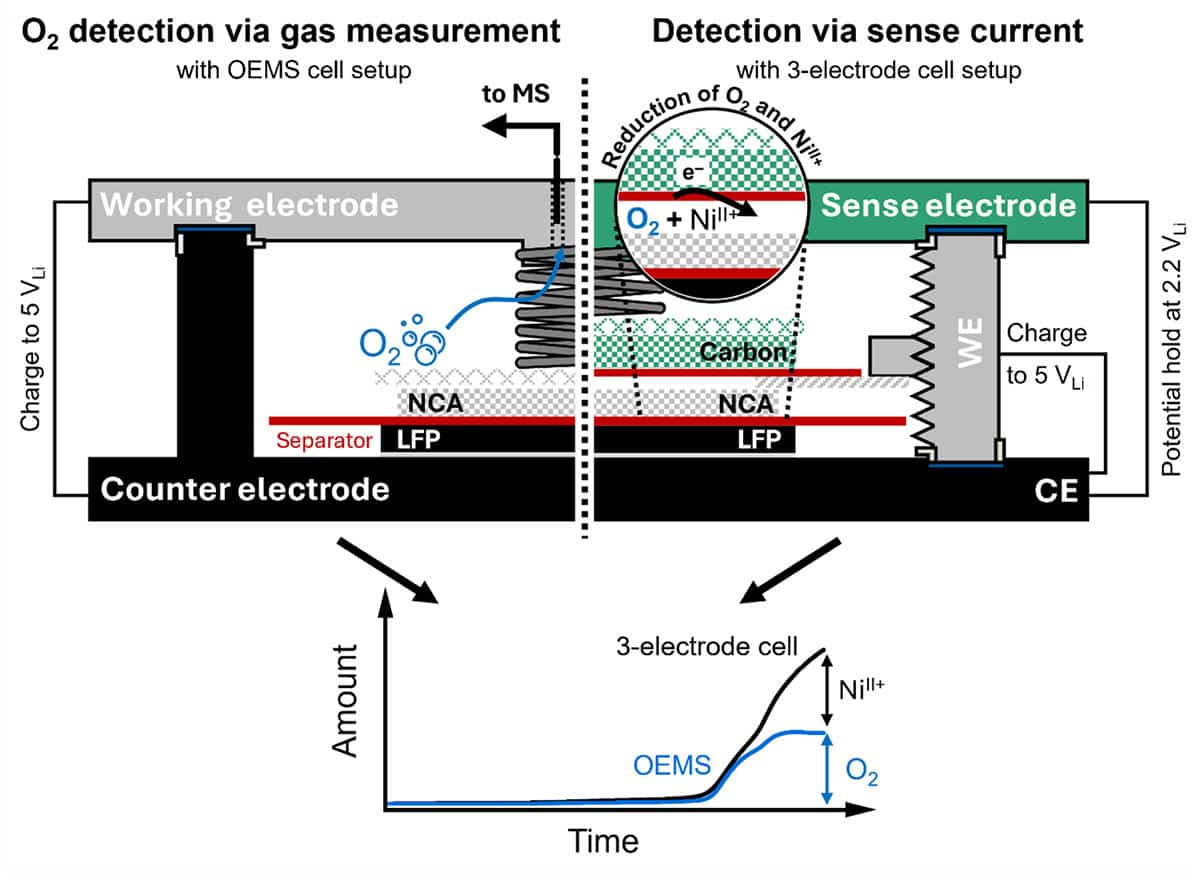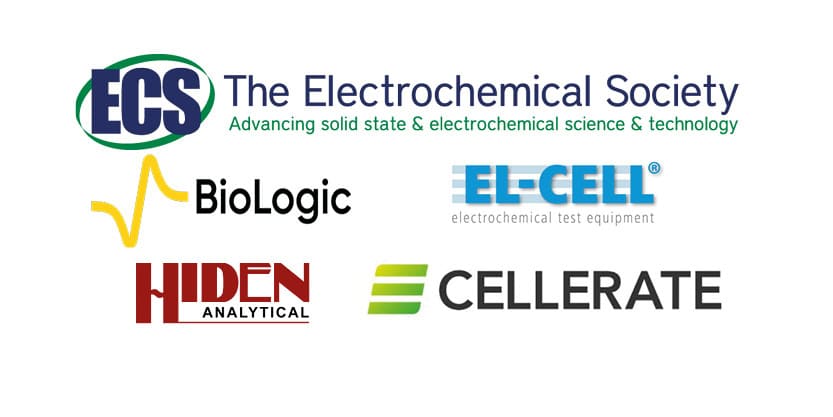I began my career in the 1990s at a university spin-out company, working for a business that developed vibration sensors to monitor the condition of helicopter powertrains and rotating machinery. It was a job that led to a career developing technologies and techniques for checking the “health” of machines, such as planes, trains and trucks.
What a difference three decades has made. When I started out, we would deploy bespoke systems that generated limited amounts of data. These days, everything has gone digital and there’s almost more information than we can handle. We’re also seeing a growing use of machine learning and artificial intelligence (AI) to track how machines operate.
In fact, with AI being increasingly used in medical science – for example to predict a patient’s risk of heart attacks – I’ve noticed intriguing similarities between how we monitor the health of machines and the health of human bodies. Jet engines and hearts are very different objects, but in both cases monitoring devices gives us a set of digitized physical measurements.
A healthy perspective
Sensors installed on a machine provide various basic physical parameters, such as its temperature, pressure, flow rate or speed. More sophisticated devices can yield information about, say, its vibration, acoustic behaviour, or (for an engine) oil debris or quality. Bespoke sensors might even be added if an important or otherwise unchecked aspect of a machine’s performance needs to be monitored – provided the benefits of doing so outweigh the cost.
Generally speaking, the sensors you use in a particular situation depend on what’s worked before and whether you can exploit other measurements, such as those controlling the machine. But whatever sensors are used, the raw data then have to be processed and manipulated to extract particular features and characteristics.
If the machine appears to be going wrong, can you try to diagnose what the problem might be?
Once you’ve done all that, you can then determine the health of the machine, rather like in medicine. Is it performing normally? Does it seem to be developing a fault? If the machine appears to be going wrong, can you try to diagnose what the problem might be?
Generally, we do this by tracking a range of parameters to look for consistent behaviour, such as a steady increase, or by seeing if a parameter exceeds a pre-defined threshold. With further analysis, we can also try to predict the future state of the machine, work out what its remaining useful life might be, or decide if any maintenance needs scheduling.
A diagnosis typically involves linking various anomalous physical parameters (or symptoms) to a probable cause. As machines obey the laws of physics, a diagnosis can either be based on engineering knowledge or be driven by data – or sometimes the two together. If a concrete diagnosis can’t be made, you can still get a sense of where a problem might lie before carrying out further investigation or doing a detailed inspection.
One way of doing this is to use a “borescope” – essentially a long, flexible cable with a camera on the end. Rather like an endoscope in medicine, it allows you to look down narrow or difficult-to-reach cavities. But unlike medical imaging, which generally takes place in the controlled environment of a lab or clinic, machine data are typically acquired “in the field”. The resulting images can be tricky to interpret because the light is poor, the measurements are inconsistent, or the equipment hasn’t been used in the most effective way.
Even though it can be hard to work out what you’re seeing, in-situ visual inspections are vital as they provide evidence of a known condition, which can be directly linked to physical sensor measurements. It’s a kind of health status calibration. But if you want to get more robust results, it’s worth turning to advanced modelling techniques, such as deep neural networks.
One way to predict the wear and tear of a machine’s constituent parts is to use what’s known as a “digital twin”. Essentially a virtual replica of a physical object, a digital twin is created by building a detailed model and then feeding in real-time information from sensors and inspections. The twin basically mirrors the behaviour, characteristics and performance of the real object.
Real-time monitoring
Real-time health data are great because they allow machines to be serviced as and when required, rather than following a rigid maintenance schedule. For example, if a machine has been deployed heavily in a difficult environment, it can be serviced sooner, potentially preventing an unexpected failure. Conversely, if it’s been used relatively lightly and not shown any problems, then maintenance could be postponed or reduced in scope. This saves time and money because the equipment will be out of action less than anticipated.
We can work out which parts will need repairing or replacing, when the maintenance will be required and who will do it
Having information about a machine’s condition at any point in time not only allows this kind of “intelligent maintenance” but also lets us use associated resources wisely. For example, we can work out which parts will need repairing or replacing, when the maintenance will be required and who will do it. Spare parts can therefore be ordered only when required, saving money and optimizing supply chains.
Real-time health-monitoring data are particularly useful for companies owning many machines of one kind, such as airlines with a fleet of planes or haulage companies with a lot of trucks. It gives them a better understanding not just of how machines behave individually – but also collectively to give a “fleet-wide” view. Noticing and diagnosing failures from data becomes an iterative process, helping manufacturers create new or improved machine designs.
This all sounds great, but in some respects, it’s harder to understand a machine than a human. People can be taken to hospitals or clinics for a medical scan, but a wind turbine or jet engine, say, can’t be readily accessed, switched off or sent for treatment. Machines also can’t tell us exactly how they feel.
However, even humans don’t always know when there’s something wrong. That’s why it’s worth us taking a leaf from industry’s book and consider getting regular health monitoring and checks. There are lots of brilliant apps out there to monitor and track your heart rate, blood pressure, physical activity and sugar levels.
Just as with a machine, you can avoid unexpected failure, reduce your maintenance costs, and make yourself more efficient and reliable. You could, potentially, even live longer too.
The post People benefit from medicine, but machines need healthcare too appeared first on Physics World.































